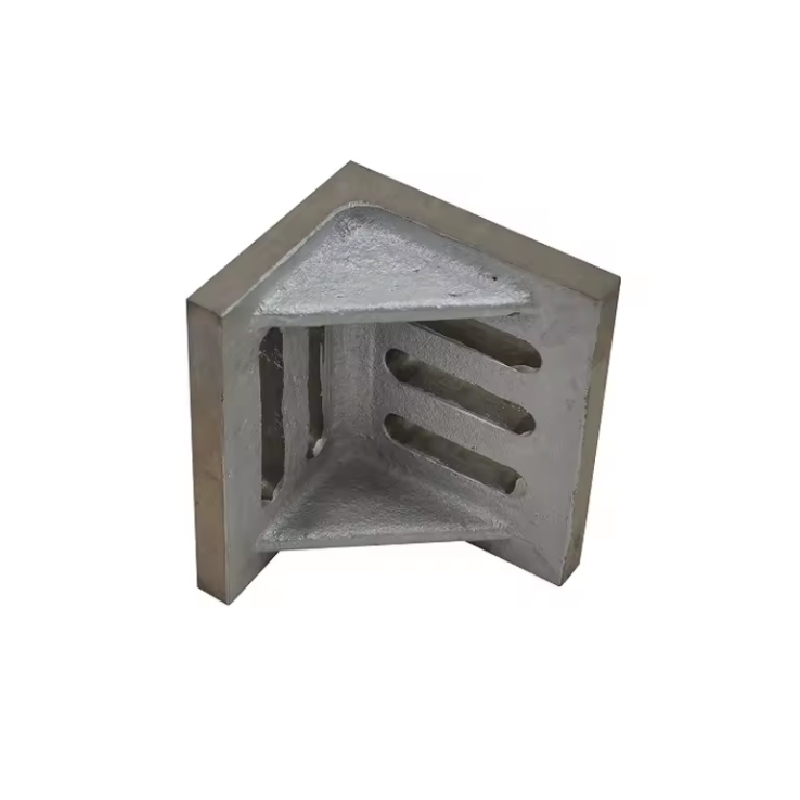Nov . 09, 2024 15:59 Back to list
5 Inch Gate Valve Specifications for Industrial Applications and Installation Guide
Understanding Gate Valves An In-Depth Look at 2 and 5 Inch Models
Gate valves are essential components in various industrial applications, serving as vital mechanisms for controlling the flow of liquids and gases in pipelines. Particularly, 2 and 5-inch gate valves are commonly used in many systems due to their availability and efficiency. This article will explore the key attributes, applications, and benefits of these valves, providing a comprehensive understanding of their significance in fluid control.
What is a Gate Valve?
A gate valve is a type of valve that opens by lifting a rectangular or circular gate out of the path of the fluid. Designed for on/off flow control, gate valves are not suitable for throttling services because they can suffer from erosion and damage when partially opened. Instead, they are predominantly used in situations where a straight-line flow of fluid and minimum restriction is a requirement.
Specifications of 2-Inch and 5-Inch Gate Valves
The size of a gate valve is determined by the nominal pipe size for which it is designed. A 2-inch gate valve is ideal for smaller pipelines, while a 5-inch valve is suited for larger flows. The selection between these two types can depend on various factors such as the volume of fluid needing control, the pressure conditions, and the physical space available for installation.
2-Inch Gate Valve Typically, the 2-inch gate valve is compact, lightweight, and designed for low to medium-pressure applications. They are commonly used in residential plumbing, irrigation systems, and smaller industrial processes. The materials used can vary from brass to stainless steel, ensuring durability and resistance to corrosion.
5-Inch Gate Valve In contrast, the 5-inch gate valve is often found in larger industrial applications, including water treatment facilities, chemical processing plants, and oil and gas industries. These valves are designed to handle higher pressures and flow rates, making them integral to larger systems. They often feature robust construction with materials such as ductile iron or forged steel.
Applications of Gate Valves
Gate valves are prevalent in various applications, both in residential plumbing and large industrial settings.
1. Water Distribution Municipal water systems frequently use gate valves for their reliability in isolating sections of the pipeline for maintenance without requiring a complete shut-off.
gate valve 2 5 inch

2. Oil and Gas In the oil and gas industry, gate valves manage flow in pipelines, allowing for controlled extraction and transportation of resources.
4. Irrigation Farmers implement gate valves in irrigation systems to regulate water flow to crops, enhancing water conservation and efficiency.
Benefits of Using Gate Valves
The advantages of employing gate valves, especially the 2 and 5-inch models, are numerous
- Low Flow Resistance When fully open, gate valves offer minimal flow resistance, leading to efficient fluid transport without unnecessary pressure drops.
- Durability Designed to withstand various pressures and temperatures, gate valves can have a long operational lifespan, depending on the material selection.
- Simplicity The straightforward design of gate valves makes them easy to operate and maintain, thus reducing downtime.
- Cost-Effectiveness Compared to other valve types, gate valves tend to be more cost-effective in applications requiring a simple open/close function without the need for throttling.
Conclusion
In conclusion, 2 and 5-inch gate valves play a critical role in numerous applications, balancing functionality and reliability. Their ability to provide on/off control with minimal flow resistance makes them indispensable in fluid handling systems across various industries. Understanding their features and applications can aid engineers and decision-makers in choosing the right valve for their specific needs, ensuring efficiency and safety in operations. As industries continue to evolve, the role of these valves will remain significant in maintaining effective fluid control systems.
-
Why Metric Trapezoidal Thread is Ideal for Precision Motion ControlNewsAug.05,2025
-
The Unique Properties of a Block of Granite for Industrial UseNewsAug.05,2025
-
The Role of Flanged Y Strainers in Preventing Pipeline ClogsNewsAug.05,2025
-
The Importance of Regular Calibration for Master Ring GagesNewsAug.05,2025
-
How a Cast Iron Surface Table Enhances Accuracy in ManufacturingNewsAug.05,2025
-
Comparing Different Check Valve Types for Optimal Flow ControlNewsAug.05,2025
Related PRODUCTS









